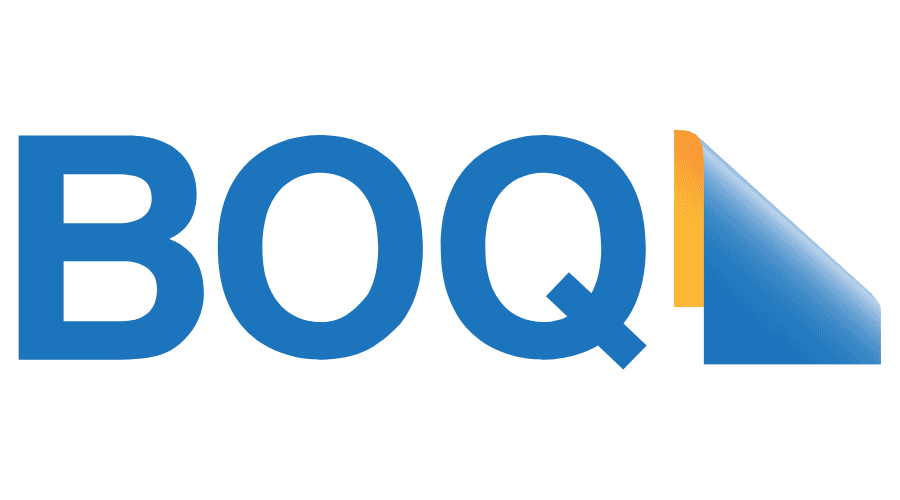
Ever since the COVID-19 pandemic began, the number of first home buyers in market has been up on its long-term average, as government incentives, record low interest rates and the Fear of Missing Out took hold. But as rates start to rise and incentives ease off, what’s in store for first home buyers? In this sector report, partnered by BOQ, Annie Kane finds out.
For many brokers, servicing first home buyers (FHBs) is the most rewarding part of the job. Helping a consumer get mortgage-ready and provide credit advice and moral (as well as administrative) support as they make their home ownership goals a reality is second to none. Delight a first home buyer in their mortgage journey and you’ll not only have a client for life, but also a strong advocate, too (resulting in referral business). But, how will the first home buyer market fare this year? In this sector report, partnered by BOQ, we take a look at what the data is telling us.
The FHB boom of 2020
It’s been a roller-coaster couple of years for first home buyers. When the Reserve Bank of Australia began cutting rates for the first time in three years in mid-2019, first home buyer activity started ramping. Indeed, the year 2020 went down in the history books as the year of the first home buyers, releasing an accumulation of pent-up demand from prior years, when housing turnover had reached record lows.
With interest rates having reduced to their lowest levels on record in 2019, FHB activity was already strong. Then, after the federal government rolled out the First Home Loan Deposit Scheme in January 2020, first home buyer activity boomed. By enabling buyers who had a deposit of at least 5 per cent to access mortgages without needing to pay lenders mortgage insurance (LMI), the scheme brought forward the home buying capability of thousands of Australians.
Such was the strength of the first home buyer market in 2020 that even when the COVID-19 pandemic hit Australian shores in March 2020, there was barely a blip in first home buyer activity. Indeed, in March 2020, there were 9,713 new loan commitments to owner-occupier first home buyers, according to the Australian Bureau of Statistics (ABS).
Two consecutive cash rate cuts in March and April 2020 saw interest rates on mortgages reduce, making home buying even more attractive to those new to the market. By November 2020, the cash rate dropped again, to its new record low of 0.10 per cent, and home-buying activity – a strong contributor to the Australian economy – continued.
By January 2021, first home buyer activity had nearly doubled its monthly average, with lenders providing home loans to 16,257 first home buyers that month – the second-highest number on record (surpassed only in April 2009, when similar incentives were brought in to support the housing market during the global financial crisis).
Speaking to The Adviser, Kathy Cummings, the general manager for BOQ, ME Broker noted that many first home buyers entered the property market for the first time during the first year of the pandemic, as record-low interest rates, government schemes, grants and stamp duty concessions all incentivised activity.
However, the surge in FHB activity – and activity generally – contributed to Australian house prices reaching record highs as the fear of missing out (FOMO) took hold and buyers outcompeted one another for a dwindling housing stock. In fact, over 2021, national housing values recorded an annual rise of 22.1 per cent, according to CoreLogic.
According to Ms Cummings, the escalation in house prices has seen the FHB market cool since the January 2021 peak, but activity still remains above decade-average levels.
Indeed, the latest lending data from the Australian Bureau of Statistics, showed that the number of new loan commitments to owner-occupier first home buyers fell 8.3 per cent to 9,994 at the national level (in seasonally adjusted terms), and fell across all states and territories.
Source: Australian Bureau of Statistics, Lending Indicators, February 2022
Mr Cummings commented: “At BOQ, we’ve similarly seen a cool down in FHB activity, with average weekly FHB volumes at almost half the levels we saw in early 2021.
“Application volume is 45 per cent down, when compared with the same quarter last year.
“Construction loan volumes are also down; we’re down to a quarter of the volume we saw in the same period last year.”
The general manager of BOQ, ME Bank Broker attributed the drop in construction volume to the fact that last year’s volumes were supported by the HomeBuilder scheme (which ended last April), while stating that supply chain disruptions and price rises may also be forcing customers to postpone plans to build their dream home.
Looking at BOQ’s home state of Queensland, Ms Cummings revealed that the Sunshine State had experienced the most significant fall in FHB volumes (according to the ABS) although, this comes from a high level due to many home buyers choosing to flee the hustle and bustle of the larger cities of Sydney and Melbourne for lifestyle areas such as the Gold Coast and Sunshine Coast.
“More time spent at home through the pandemic has increased demand for detached houses, however due to increasing house prices and with many workplaces now more flexible with working from home, many are leaving cities for regions,” she said.
Headwinds in store for 2022
While FHB activity may have been falling back to normalised levels in recent months, there are a growing number of headwinds facing first home buyers this year.
Ms Cummings explained that the “sooner than expected” cash rate increase – the first rate hike in 12 years – as well as “weaker consumer sentiment, increasing cost of fuel and everyday living expenses, [and] decreasing clearance rates” are all “starting to take the heat out of the property market while making it even more challenging to get on the property ladder”.
She said: “Rising house values, increasing interest rates, and some government schemes have wound back… which will create greater affordability issues for First Home Buyers and create increased demand for ways to overcome the deposit hurdle by those entering the property market.
“We’re definitely seeing a shift to variable loans as fixed rates increase,” she explained, revealing that around a fifth of application flows are now for fixed rates, compared to 30 per cent in the previous quarter and 37 per cent in the same quarter last year.
“Overall volumes also lower as we head into increasing market uncertainty, upcoming elections, looming cash rate rises.”
However, help is at hand for brokers wishing to help their first home buyer clients get onto market in the new environment. As well as taking advantage of government schemes – such as the elevated price brackets of the federal government’s Home Guarantee Schemes (which rose to account for the drastic price increases), lenders are also offering broker FHB clients a helping hand.
Ms Cummings revealed that BOQ, for example, is helping FHBs save on upfront costs. It is doing this through a range of initiatives, including asking them to pay just $1 in lenders mortgage insurance (LMI), thus saving borrowers a substantial sum on LMI costs on loans of up $1 million with a loan-to-value ratio (LVR) of between 80-85 per cent. Other attractive offers for FHBs include waiving the application fee on its Economy home loan.
Other attractions for FHBs include a loan product that requires just 5 per cent deposit, competitive interest rates and step-by-step guides and fact sheets to help support new home buyers at “every stage” of their purchase.
The bank is also investing in its broker channel offering, having recently launched a new broker portal that now gives brokers an initial automated response in less than five minutes, as well as mortgage application tracking, so brokers can have more control in seeing where an application is at any time in the process.
Ms Cummings commented: “BOQ is strongly committed to the broker network with 60 per cent of its home loans originating through its broker network and is keen to build on these valued relationships.
“We consulted our broker partners who told us they wanted a more control and visibility of the loan application process, and so we focussed our efforts on developing these electronic service functionalities, ultimately providing a more efficient broker experience.
“These functionalities together with other exciting enhancements still in the pipeline, will make it even easier to do business with BOQ in the coming years.”
A word from BOQ
We’ve seen a lot in almost 150 years of business. We know buying a first home can be life-changing, but also incredibly challenging.
So, as we emerge from a pandemic and face an increasing rate environment, market instability, a rising property market and greater affordability challenges, we’re committed to helping more customers into their home and working with our broker partners to deliver human and empathetic lending experiences.
We offer a range of products tailored for first home buyers to help you structure a loan that works for your client’s needs – like $1 lenders mortgage insurance (LMI), no application fees or loans up to 95 per cent loan-to-value ratio (LVR).
So, if they’re looking for low deposit loans, ways to save costs, flexibility, competitive rates, or even just helpful guides to building or purchasing their first home, we have options that can help first home buyers with taking that first step.

